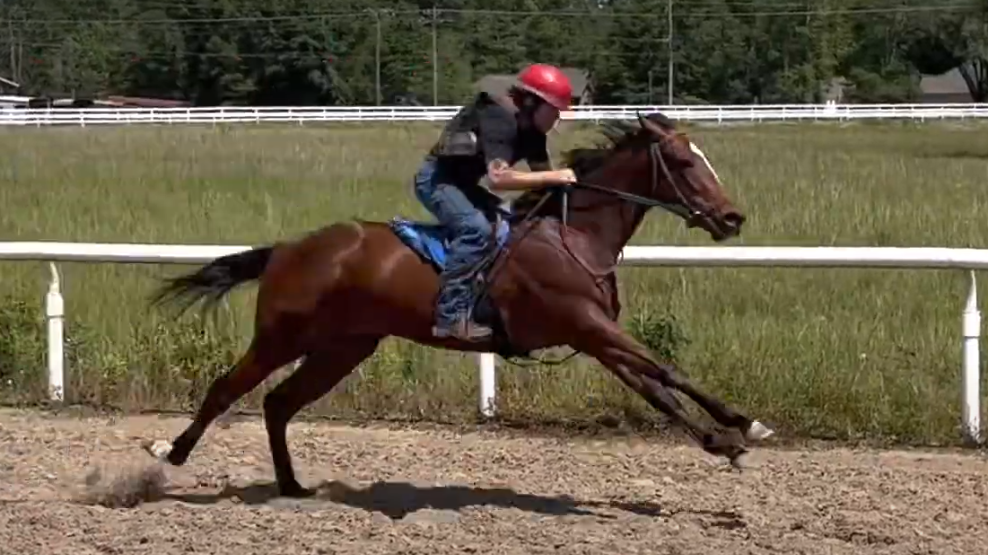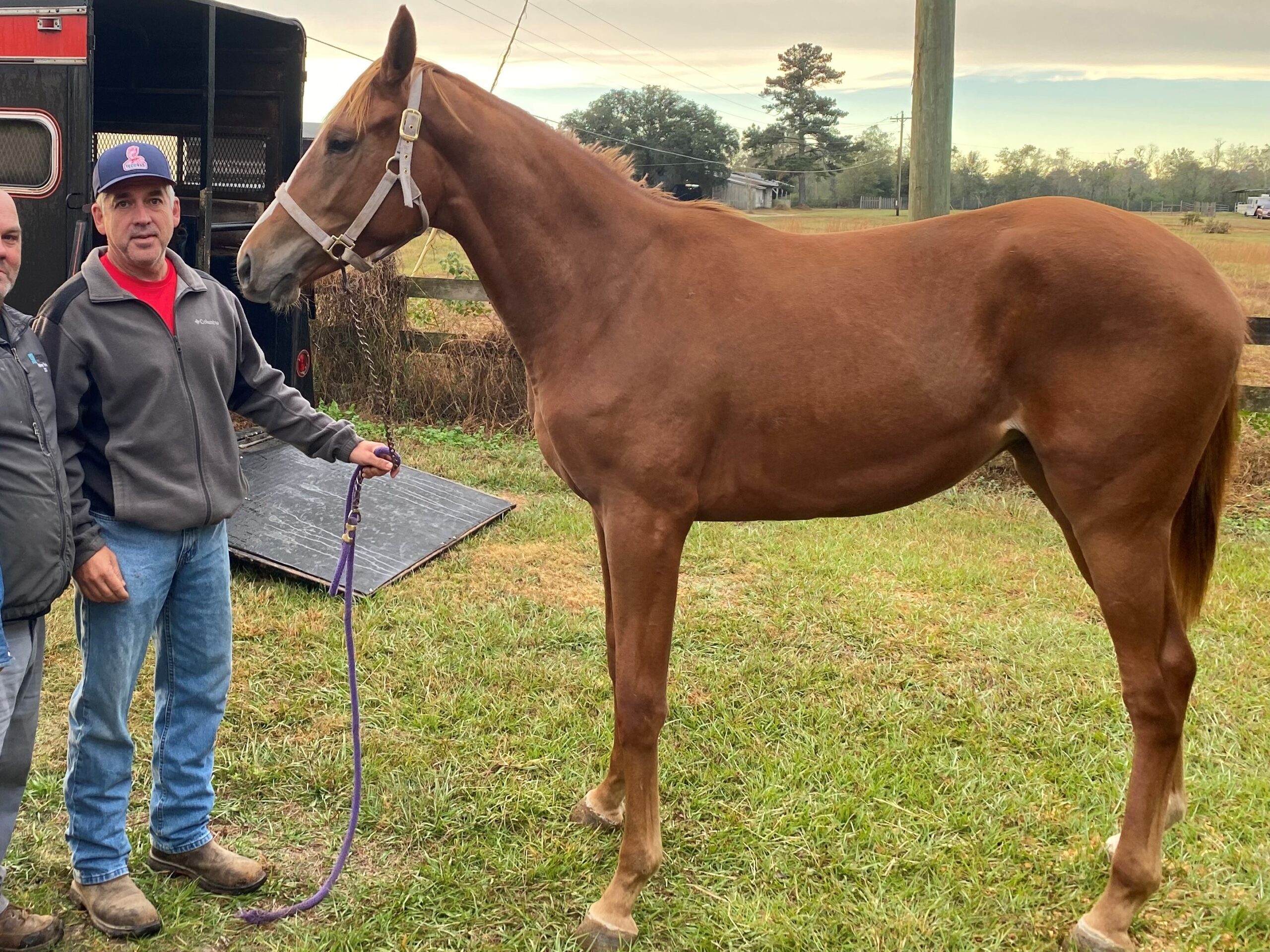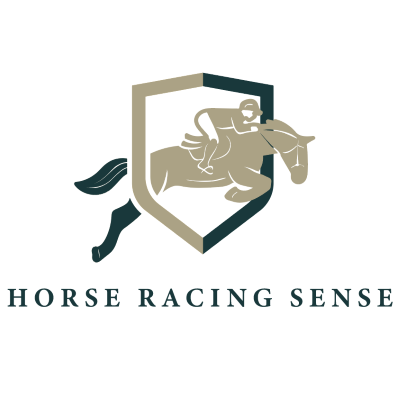Last updated: December 9, 2024
Any links on this page that lead to products on Amazon are affiliate links and I earn a commission if you make a purchase. Thanks in advance – I really appreciate it!
Did you know horseback riding ranks among the top sports for head injuries, with around 70,000 related cases treated annually? A helmet can cut riding-related head injuries by 30% and severe brain injuries by 50%, making it vital for every rider. These figures, based on ASTM/SEI-certified data, vary from broader studies citing up to 70–80% reduction due to differing methodologies. Regardless, the takeaway is clear: helmets save lives.
Whether you’re a casual rider or competitive equestrian, choosing the right helmet is crucial for safety, comfort, and compliance with riding standards. In this guide, we’ll explore the types of horse riding helmets, key safety features, and how to choose the best one for your needs. You’ll also find a comparison table, practical tips, and FAQs to make an informed decision.
Why Wearing a Horse Riding Helmet is Crucial for Safety
Studies from the University of Connecticut highlight that ASTM/SEI-certified helmets significantly reduce riding-related head injuries. Helmets lower the risk of general head injuries by 30% and severe brain injuries by as much as 50%. This makes helmets your first line of defense against traumatic injuries in case of falls or accidents.
As a long-time horse owner and parent, helmets are non-negotiable in my family. My children ride regularly, and a properly fitted helmet is mandatory every time they saddle up. I remember a close call when one of my kids fell during a practice session. Thankfully, the helmet did its job, and they walked away unscathed. This experience reinforced my belief that no ride—whether a casual trot or competitive event—is worth risking safety.
Safety Tip: Always replace your helmet after a significant fall or every five years, as its protective materials degrade over time.
Top Types of Horse Riding Helmets for Every Rider
Choosing the right helmet depends on your riding discipline and safety needs. Here’s a breakdown of the main types:
1. Classic Velvet Riding Helmets: Features and Uses
Timeless design perfect for dressage and shows.
- Features: Classic velvet exterior with a rounded design and small peak.
- Best For: Dressage, hunting, and showing.
- Example: ASTM-certified velvet helmets combine timeless aesthetics with modern safety.
- Pros: Stylish, fits conservative disciplines.
- Cons: Limited ventilation compared to modern helmets.
Pro Tip: Choose a high-quality velvet equestrian helmet cover instead of buying a separate show helmet. This allows you to adapt to different riding disciplines without compromising on style or budget.

2. Premium Riding Helmets: Style Meets Safety
Sleek, modern designs with enhanced comfort and safety.
- Features: Sleek finishes, ventilation systems, adjustable fittings, and extended peaks for sun protection.
- Best For: Show jumping, general-purpose riding, and beginner dressage.
- Example: ASTM-certified helmets with moisture-wicking linings to prevent odors.
- Pros: Comfortable, versatile styles suitable for most disciplines.
- Cons: Often more expensive than traditional helmets.
Pro Tip: Choose premium helmets with adjustable ventilation for a comfortable ride in all seasons.

3. Skull Caps: High-Impact Safety for Riders
Safety-focused design for high-risk activities.
- Features: No fixed peak, allowing safer impact distribution. Often paired with silk covers for a customizable look.
- Best For: Cross-country, eventing, and racing.
- Example: ASTM F1163-15 certified skull caps are standard for high-impact disciplines.
- Pros: Customizable and safer for high-impact falls.
- Cons: Less aesthetic appeal compared to premium helmets.
Pro Tip: Add silk covers to your skull cap for a personalized look, but prioritize helmets with current safety certifications.

4. Polo Helmets: Protection Designed for Polo Players
Designed for the unique demands of polo players.
- Features: Broad peaks for sun protection, enhanced ventilation, and optional face guards for added safety.
- Best For: Polo players requiring protection from mallets, stray balls, and the sun.
- Example: ASTM-certified helmets with built-in face shields for advanced protection.
- Pros: Provides both sun and impact protection.
- Cons: Typically specific to polo and less versatile for other disciplines.
Pro Tip: Opt for polo helmets with removable face guards for flexibility during matches.

Horse Riding Helmet Comparison: Key Features at a Glance
Here’s a quick overview of how these helmet types stack up across key features.
| Feature | Traditional Velvet | Premium | Skull Cap | Polo Helmet |
|---|---|---|---|---|
| Safety Certification | ✅ | ✅ | ✅ | ✅ |
| Ventilation | ❌ | ✅ | ✅ | ✅ |
| Best For | Dressage, Showing | All-purpose | Cross-country | Polo |
| Customizable | ❌ | ✅ | ✅ | ❌ |
| Price Range | $100–$900+ | $200–$700 | $100–$500 | $150–$600 |
Prices for riding helmets vary widely based on brand, materials, and safety certifications. For instance, traditional velvet helmets range from $250 to $400, while premium designs can reach up to $900 for high-end models. When choosing a helmet, weigh your budget against your riding needs and prioritize certifications over aesthetics.
Essential Safety Features in Horse Riding Helmets
- Outer Shell: Protects against initial impact and allows slippage to diffuse energy.
- Expanded Polystyrene (EPS): The EPS layer in helmets absorbs shock by distributing impact forces. Research from Sports Medicine Open explains how modern helmet designs minimize injury risks.
- MIPS Technology: This advanced safety system includes a low-friction layer that redirects rotational impact energy, mimicking the brain’s natural defense mechanism. Learn more about MIPS Protection.
- Adjustable Harness: Keeps the helmet securely in place for optimal protection.
Pro Tip: Look for helmets with MIPS Technology for added protection against rotational impacts, especially for high-risk activities like jumping or cross-country.
Learn more about safe horse riding in this article: Is Riding a Horse Dangerous? 7 Tips For Riding Safe

Choosing the Right Horse Riding Helmet: A Step-by-Step Guide
- Assess Your Discipline: Match your helmet to your riding activity.
- Check for Certifications: Certified helmets undergo rigorous testing to meet safety standards like ASTM and PAS. According to a study published by NCBI, proper certification significantly reduces the likelihood of severe injuries.
- Test the Fit: Ensure snug comfort with no excessive movement.
- Consider Climate: Opt for ventilated designs if you ride in hot weather.
- Check out my article on the “Top 3 Kids’ Horse Riding Helmets On Amazon: Safe & Stylish” to assist you in choosing a riding helmet for your child.
Not sure how to get the perfect fit? Watch this video for a step-by-step guide.
Frequently Asked Questions About Horse Riding Helmets
What size helmet should I buy?
Measure the circumference of your head just above your eyebrows. Refer to manufacturer size charts for the best fit. For questions about the equipemtent you’ll need when you own a horse, refer to “First Horse 101: The Essential Equipment You’ll Need.”
How do I clean my riding helmet?
Remove the inner lining (if detachable) and hand-wash it with mild soap. Wipe the shell with a damp cloth.
How long do horse riding helmets last?
Horse riding helmets are critical safety equipment for any rider, but they don’t last forever. Most horse riding helmets have an expiration date of about 5 years. After that, the helmet may no longer offer adequate protection in the event of a fall. Learn more about maintenance recommendations from UConn’s Equine Safety Guide.
Should kids wear helmets on horses?
Yes, horse riding helmets can significantly reduce the risk of head injuries in children. Data from the University of Queensland shows that wearing helmets reduces head injury risks in children by nearly 70%.
Best Horse Riding Helmets: Top Picks and Recommendations
1. Charles Owen Halo Lux Helmet With MIPS
Charles Owen Halo Lux helmet with MIPS offers ASTM F1163-15, PAS015:2011, VG1 01-040 2014-12 safety standards and is considered the next generation of riding helmets.
2. ONE K Defender Helmet
ONE K defender helmet is ASTM certified with moisture-wicking headbands and the choice of sizes for oval or round-shaped heads. Check out this line of premium horse riding helmets on Amazon.
3. Tipperary Sportage Hybrid Equestrian Helmet
The Tipperary Sportage is an excellent general-purpose helmet with ventilation that you can adjust to easily fit your head, with a contoured drop-back shell for extra protection. The ASTM F1163-15 / SEI Certified helmet is lightweight with a high-density ABS shell and ESP foam for extra shock absorption. Premium riding helmets are ideal for riders.

4. IRH IR4G XLT Matte Helmet, Rose Gold Vent
IRH makes high-quality riding helmets, and their IR4G XLT Matte Helmet is my favorite model. This helmet has a fashion-forward design that is sure to turn heads at shows. The helmet’s interior features superior comfort and fit with front, top, and back ventilation ports to keep you cool. Explore premium riding helmets like the IR4G.
Each helmet comes with 2 moisture-wicking machine washable liners in 2 different thicknesses to find your perfect fit. Meets or exceeds ASTM F1163-15 standards.

Final Thoughts on Choosing and Using Horse Riding Helmets
Horse riding helmets are more than just a safety precaution—they’re a life-saving necessity. By choosing the right helmet for your discipline and maintaining it properly, you ensure both protection and longevity. Explore HorseRacingSense.com for more safety tips and gear recommendations.
Help us improve! Share your favorite helmet brands or experiences with riding helmets in the comments. Your insights could shape our next article or product review!

About the Author: Miles Henry
Lifelong Horseman | Racehorse Owner | Published Author
Miles Henry brings over 25 years of hands-on experience training and owning Thoroughbred racehorses. Raised with Quarter Horses and Appaloosas, he’s spent a lifetime learning from horses—on the track, in the barn, and in the field. Today, he runs a small but successful racing stable in Louisiana and shares real-world insights on HorseRacingSense.com, helping horse owners, fans, and bettors navigate the sport with confidence.
📚 Books: View Miles’s books on Amazon »
🎧 Podcast Guest: Animal Tales Ep. 32 |
YouTube Interview
📩 Newsletter: Sign up for racing tips and horse care advice »
🔗 Follow Miles:
Twitter |
Facebook |
YouTube





